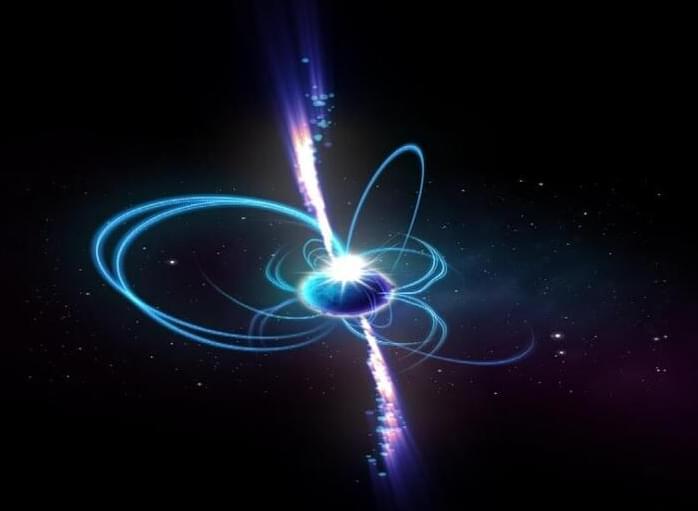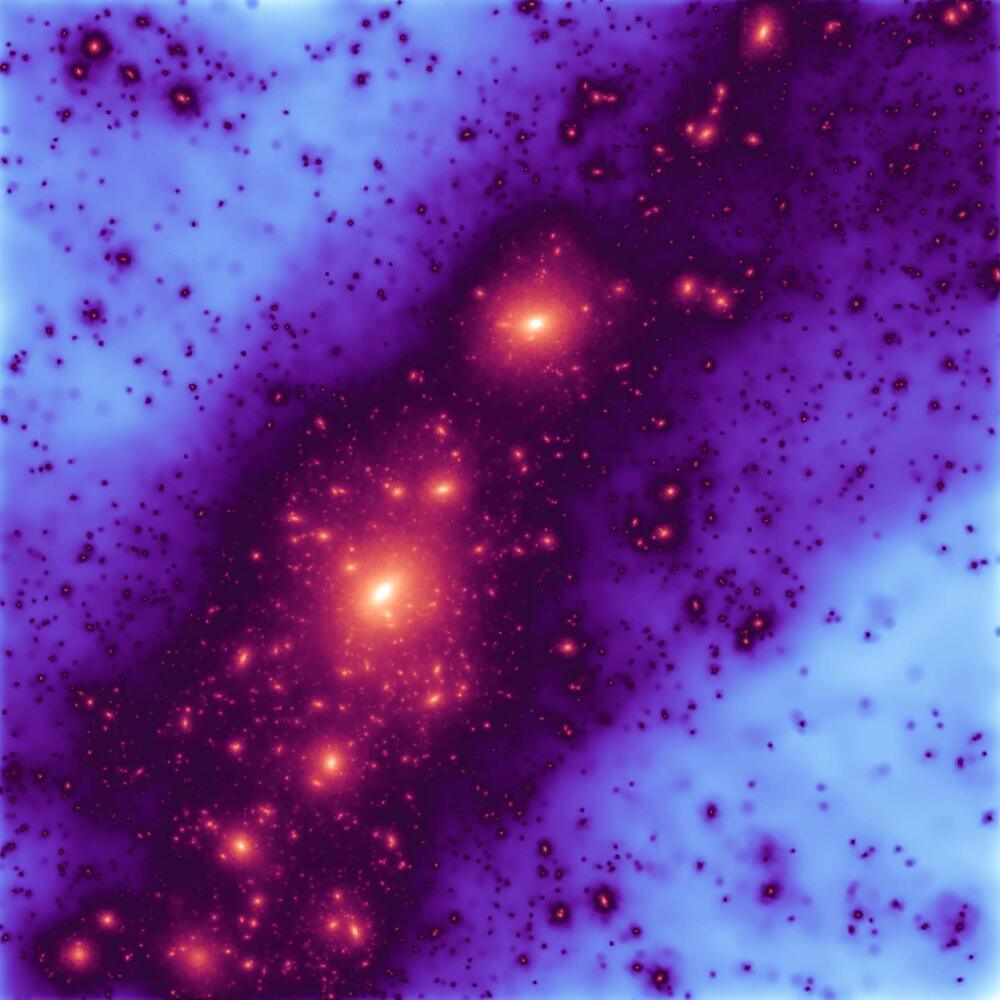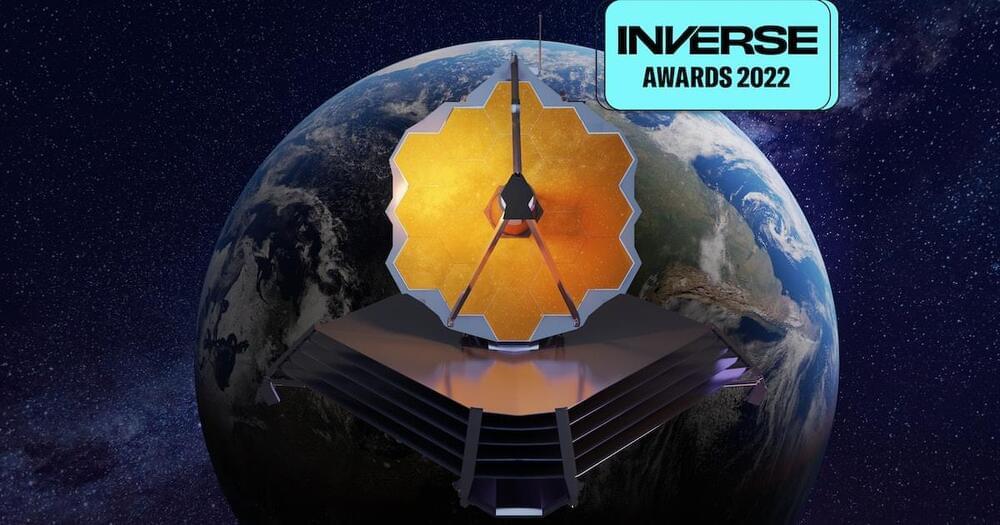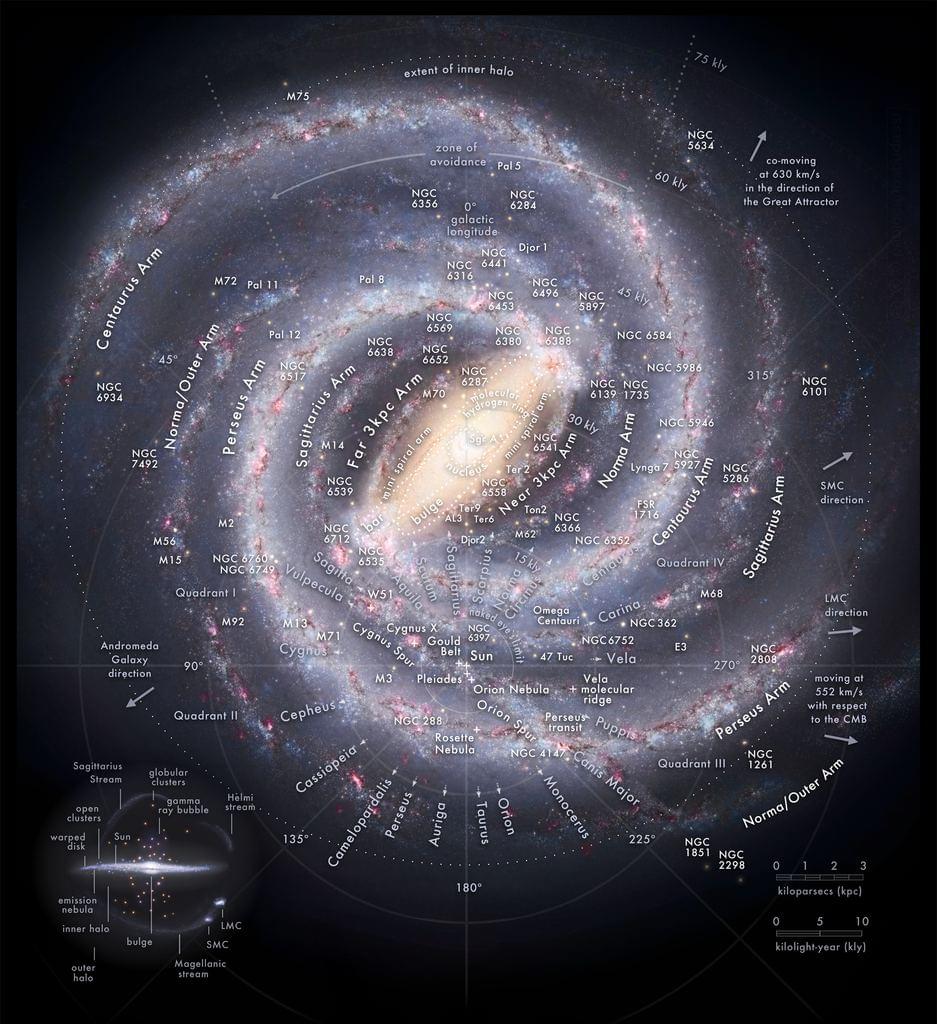A team mapping radio waves in the universe has discovered something unusual that releases a giant burst of energy three times an hour, and it’s unlike anything astronomers have seen before.


In the midst of the Anti AI Art movement and the ever evolving complexity of the algorithms they are rallying against, this video essay discusses current flaws and future potential of AI Translation technology within Retro Game Emulation. Through rigorous testing of 3 games that never got localizations or fan translations (Tokimeki Memorial 2, Sakura Wars 2 & Boku No Natsuyasami 2), we will see how well Retroarch and ZTranslate’s AI Translator works for the average player. We will also discuss the ways in which this technology could one day be used in more formal localisations by professional teams, and wel will come to understand the nuances of the AI debate.
#AI #FanTranslation #Emulation.
Please like this video, comment & subscribe. Also, please feel free to share this video with anyone who you think may find it interesting, thank you!
SOCIALS:
TWITTER — https://twitter.com/anybutton2strt.
INSTA — https://instagram.com/anybutton2start/
DISCORD SERVER — https://discord.gg/u5Vmr5fEet.
TIK TOK — https://tiktok.com/@anybutton2start.
CHAPTERS:
00:00 — Introduction.
02:09 — Short Interlude.
02:45 — The Monolingual Dilemma.
03:31 — The Arrival of a Solution.
05:40 — Over Analyzing Someone Else’s Tweet.
09:32 — Preparing the Test.
11:04 — Test 1: Tokimeki Memorial 2
17:23 — Test 2: Sakura Wars 2
23:13 — Test 3: Boku No Natsuyasami 2
30:29 — Dejection & Regret.
32:05 — What I Learnt.
37:26 — Outro / Special Thanks.
KEYWORDS:


Astronomers say they have solved an outstanding problem that challenged our understanding of how the Universe evolved – the spatial distribution of faint satellite galaxies orbiting the Milky Way.
The Milky Way is the galaxy that contains our Solar System, and is named for its appearance from Earth. It is a barred spiral galaxy that contains an estimated 100–400 billion stars and has a diameter between 150,000 and 200,000 light-years.



Theoretical physicists from Warsaw and Oxford universities argue that a superluminal world possessing three temporal dimensions and one dimension in space could potentially change our concept of time, according to a new paper.
The researchers involved say they have developed “an extension of special relativity” that incorporates three individual time dimensions with a single space dimension, which helps explain how observations made by “superluminal” observers—inertial observers moving faster than the speed of light—might appear.
Within such a framework, the researchers argue that spontaneous events that can occur in the absence of a deterministic cause and other strange phenomena would be experienced by observers moving faster than the speed of light within a vacuum, concepts that potentially transform our concept of time as we know it.



Studying the large-scale structure of our galaxy isn’t easy. We don’t have a clear view of the Milky Way’s shape and features like we do of other galaxies, largely because we live within it. But we do have some advantages. From within, we’re able to carry out close-up surveys of the Milky Way’s stellar population and its chemical compositions. That gives researchers the tools they need to compare our own galaxy to the many millions of others in the Universe.
This week, an international team of researchers from the USA, UK, and Chile released a paper that does just that. They dug through a catalogue of ten thousand galaxies produced by the Sloan Digital Sky Survey, searching for galaxies with similar attributes to our own.
They discovered that the Milky Way has twins – many of them – but just as many that are only superficially similar, with fundamental differences buried in the data. What they discovered has implications for the future evolution of our own galaxy.